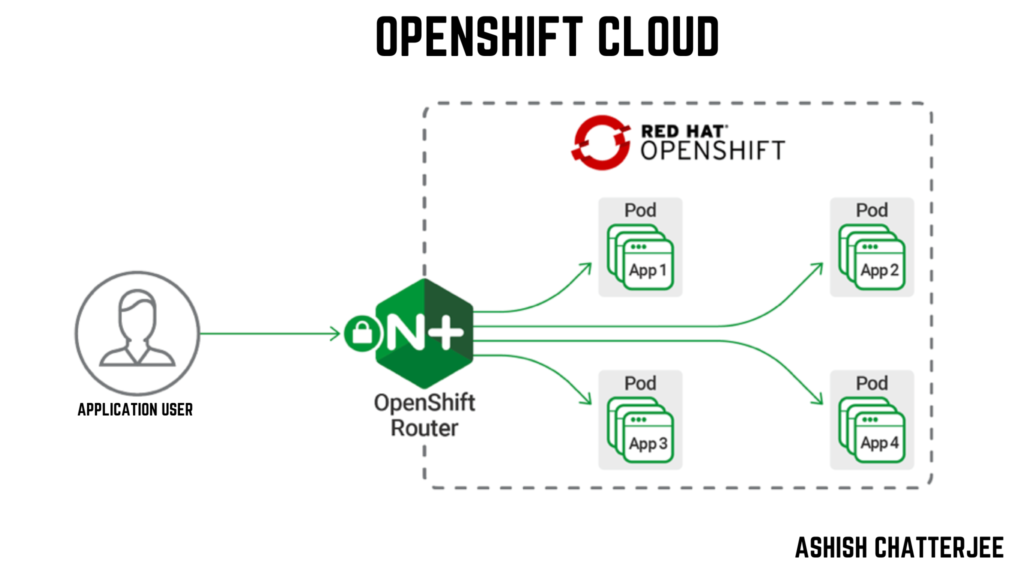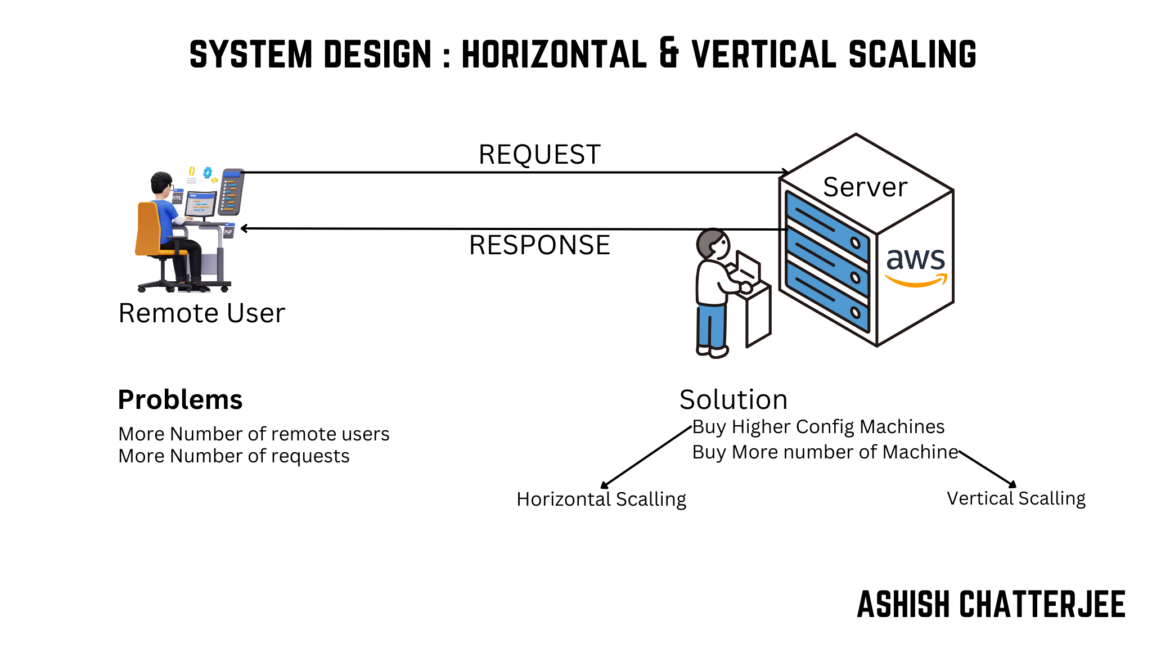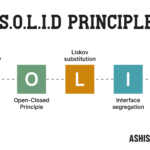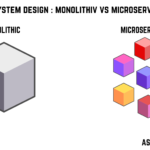In modern system design, handling growing workloads efficiently is a critical challenge. Organizations often scale their infrastructure to maintain performance, reliability, and availability. Scaling strategies can be broadly categorized into horizontal scaling and vertical scaling. In this blog, we will explore these concepts, their real-world applications, and their pros and cons.
What is Scaling?
Scaling refers to the process of increasing a system’s capacity to handle more traffic or data. This can be done in two ways:

- Horizontal Scaling (Scale-Out): Adding more machines to distribute the load.
- Vertical Scaling (Scale-Up): Increasing the power of an existing machine.
Let’s take a deeper dive into both approaches.
Horizontal Scaling (Scale-Out)
Horizontal scaling involves adding more servers or nodes to the existing system to distribute the load. Instead of upgrading a single machine, multiple machines work together to handle requests efficiently.
Example:
A large e-commerce website like Amazon or Flipkart distributes user requests across multiple web servers. If traffic increases, additional servers are deployed to balance the load.
Use Cases:
- Web applications handling millions of users (e.g., social media, e-commerce, search engines)
- Distributed databases (e.g., Apache Cassandra, MongoDB, Hadoop clusters)
- Microservices-based architecture
Pros of Horizontal Scaling:
✔ Better Fault Tolerance – If one server fails, others take over.
✔ Easier to Scale Dynamically – Can add or remove servers based on traffic.
✔ Load Distribution – Requests are distributed among multiple servers.
✔ Geographical Scalability – Servers can be placed in different locations to reduce latency.
Cons of Horizontal Scaling:
✖ Complexity – Managing multiple servers requires load balancers, monitoring, and orchestration.
✖ Data Synchronization Issues – Distributed systems need consistency mechanisms.
✖ Higher Costs – More servers mean higher operational expenses.
Vertical Scaling (Scale-Up)
Vertical scaling involves increasing the capacity of an existing machine by upgrading its CPU, RAM, or storage. Instead of adding more servers, a single machine is made more powerful.
Example:
A small business running a database on a single server may upgrade its machine with more RAM and a faster CPU to handle increasing queries.
Use Cases:
- Legacy applications with monolithic architecture
- Applications requiring high computing power (e.g., financial modeling, data analytics)
- Single-node databases like PostgreSQL or MySQL
Pros of Vertical Scaling:
✔ Simpler to Implement – No need for multiple machines; just upgrade the existing one.
✔ No Need for Data Synchronization – Since everything runs on a single system, data consistency is easier to maintain.
✔ Reduced Latency – Eliminates network overhead associated with distributed systems.
Cons of Vertical Scaling:
✖ Downtime – Upgrading a machine often requires a restart, causing service disruptions.
✖ Hardware Limitations – There’s a limit to how much a single machine can be upgraded.
✖ Single Point of Failure – If the machine fails, the entire system goes down.
✖ Expensive – High-end hardware is costly.

Scaling with Kubernetes and Docker
Modern cloud-native applications rely on containerization and orchestration tools like Docker and Kubernetes for efficient scaling.
How Docker Helps with Scaling?
Docker enables applications to be containerized, meaning they can run consistently across different environments without dependencies issues. Containers make it easier to replicate application instances, which is essential for scaling.
How Kubernetes Helps with Scaling?
Kubernetes automates scaling by managing containerized applications across multiple nodes. It provides features like:
- Auto-scaling: Automatically adjusts the number of running containers based on CPU and memory usage.
- Load Balancing: Distributes traffic evenly across multiple containers.
- Self-healing: Restarts failed containers to ensure high availability.
- Rolling Updates: Deploys new versions of applications without downtime.
Example of Scaling with Kubernetes
A company running a high-traffic web application can use Kubernetes to scale up during peak hours and scale down during low-traffic periods automatically. Kubernetes will monitor resource usage and create or remove pods as needed.

Benefits of Using Kubernetes for Scaling
✔ Efficient Resource Management – Avoids over-provisioning.
✔ Automated Scaling – Adapts dynamically to traffic spikes.
✔ High Availability – Ensures minimal downtime and redundancy.
✔ Portability – Works across different cloud providers (AWS, GCP, Azure, On-Premises).
Choosing Between Horizontal and Vertical Scaling
The choice between horizontal and vertical scaling depends on several factors:
| Factor | Horizontal Scaling | Vertical Scaling |
|---|---|---|
| Cost | Higher operational cost | Expensive hardware |
| Complexity | Requires distributed systems | Simpler to manage |
| Fault Tolerance | High (multiple servers) | Low (single point of failure) |
| Performance | Scales dynamically | Limited by hardware |
| Use Case | Web apps, distributed databases | Monolithic apps, single-node databases |
When to Choose Horizontal Scaling?
- When expecting high traffic growth.
- When redundancy and fault tolerance are priorities.
- When running distributed applications.
When to Choose Vertical Scaling?
- When applications run on a single server.
- When minimizing infrastructure complexity is essential.
- When upgrading hardware is a feasible option.
Final Thoughts
Both horizontal and vertical scaling have their own advantages and limitations. Horizontal scaling is ideal for large-scale, distributed applications, while vertical scaling works best for smaller setups with limited workloads. Many modern architectures use a hybrid approach, combining both strategies to optimize performance and cost-efficiency.
With containerization and orchestration tools like Docker and Kubernetes, scaling has become more efficient, automated, and cost-effective. Understanding your application’s needs and future growth potential is crucial when deciding on a scaling strategy.
Another Containerization Tool RedHat OpenShift

Which scaling method does your application use? Let us know in the comments! 🚀






GIPHY App Key not set. Please check settings